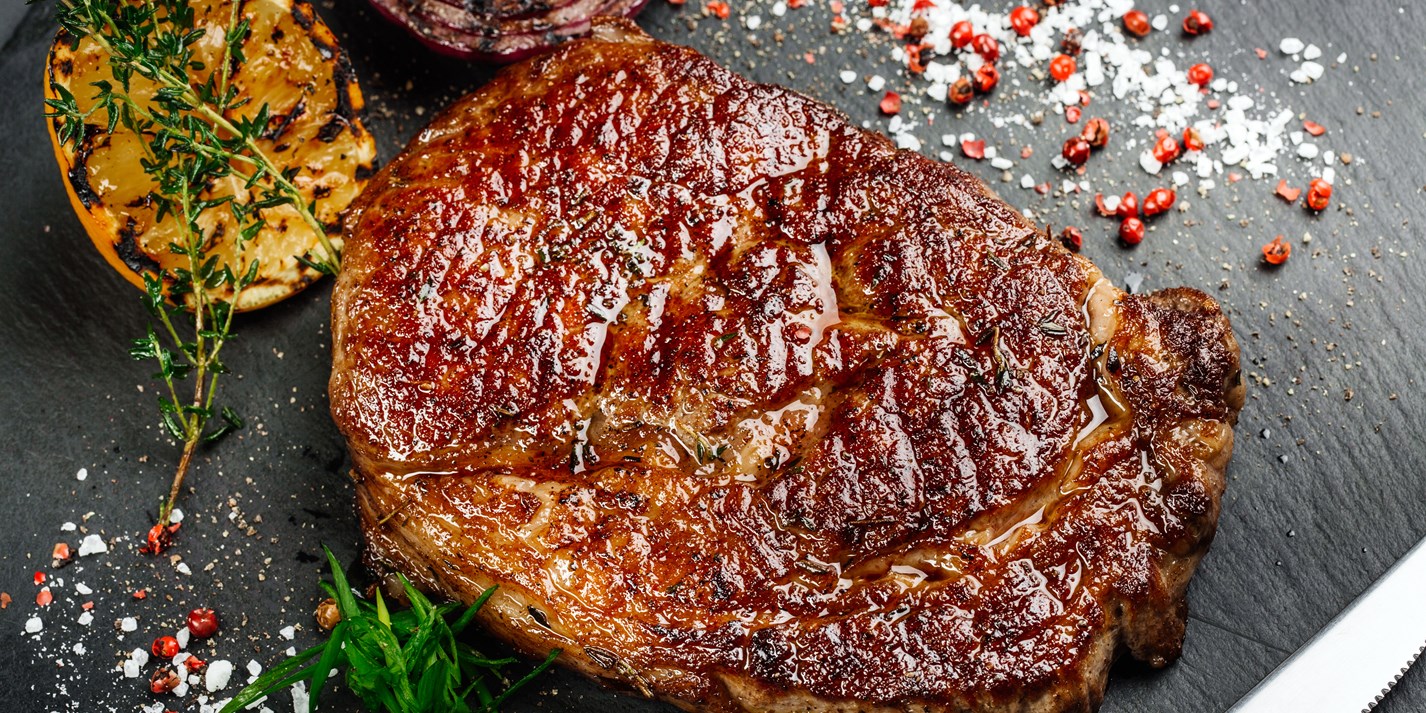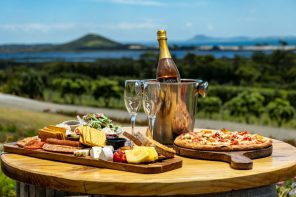Beef forms the basis of a whole range of foods, from comfort to luxury. It’s the mince in a meatball, the brisket in a slow-cooked barbecue feast and, obviously, the steak taking pride of place on many a menu. Herein lies the true value of beef – its versatility. Steak salad, steak sandwiches, breakfast sausages, as a stock base and as a range of steaks to suit any budget; the possibilities of beef are endless.
“As a chef and restaurant group owner, beef is great for our menu,” said Adam Hegsted, chef-owner of Eat Good Group, a major restaurant group in the Pacific Northwest. “It adds value and versatility, and we’re really able to support the people in our industry that make great products.”
Being the centre of so many comfort dishes (think spaghetti and meatballs, burgers and meat pies), even low-quality beef can be used in meals which offer higher profit margins. On the other end of the scale, beef can form the centre of luxury dishes such as high-quality steak and beef tartare. The latter in particular can become a cult item on a restaurant’s menu, inspiring brand loyalty as well as offering an avenue for diners to share their unique experience on social media.
The versatility of beef means that beef dishes can be paired with a wide range of beverage options, increasing the opportunity for profitability. The obvious pairing for a beef dish is a rich red wine, but with tea and non-alcoholic beverage matches rising in popularity, there are plenty of opportunities for higher margins.






